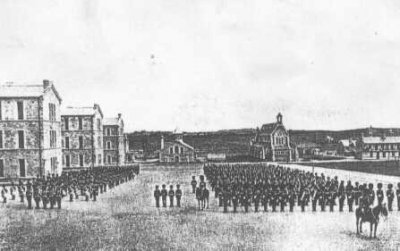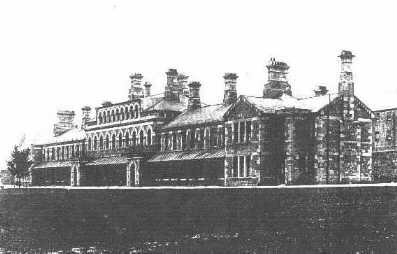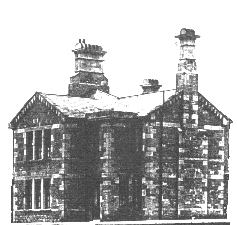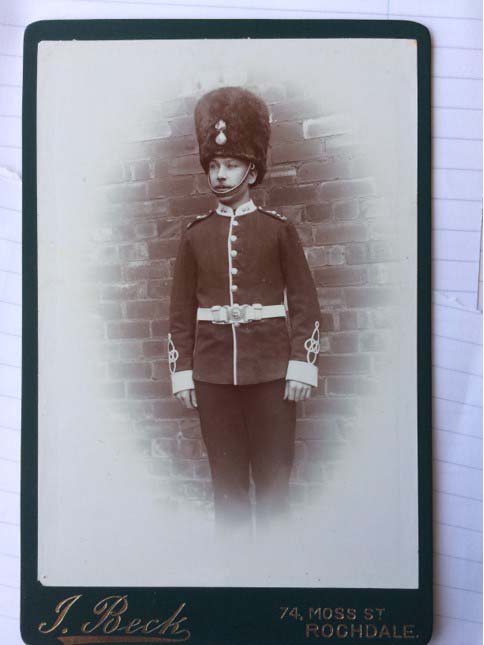4th
L F Militia Battalion.
from 1904-1906
were Stationed in
The Tipperary Military Barracks,

close to Tipperary Railway Station, was one of the most ornate to
be built in Ireland during the British occupation. It was designed between
1872 & 1874, built between 1874 & 1878 and cost £25,000.
Constructed of limestone, it featured high ceilings and many French
windows giving a feeling of light and space to the interior; and causing
those who occupied it to surmise that it would have been better suited
to the hot climate of India or The Far East instead of the damp chilly
climes of Ireland! It was lit by gas, and had state-of-the-art facilities
for the troops and their families, including administration offices,
armoury, magazine, stable, workshops, accomodation blocks, Officers'
Mess, Sergeants' Mess, cookhouse, canteen, chapel, hospital, school,
laundry, bath-house, latrines, band-room, guard room, detention barracks,
stores, and water tower. The Barracks had an integral miniature rifle
range, and a larger outdoor range at Ballyglass, County Tipperary. At
the start of The Great War in 1914 the number of trrops stationed in
Tipperary Town rose above 4000 and rose as high as 10,000, as the Tipperary
Barracks was used as a Posting Area to muster and train new drafts of
troops destined for the war in France

In addition to the facilities associated with the military functions
of Tipperary Barracks, sporting and recreational facilities provided
for the soldiers and their families included a fives court, a skittle
alley, a sports green tennis court and a fully equipped gymnasium. During
the First World War, Tipperary Barracks was the Headquarters of the
1st. Infantry Battalion, the 6th. & the 16th. (Irish) Infantry Brigades.
Today, only the water-tower and some fragments of the ancillary buildings
of the Tipperary Barracks complex remain, including the arch which was
the entrance to the Officers' Mess. Part of the main mess building is
now a health and social welfare facility for the people of Tipperary.

More of the history of the Tipperary Military Barracks - including details
of military graves in Tipperary Town and plans of the Barracks - may
be found in an excellent book compiled and published in 1998 by Walter
S. O'Shea, called "A Short History of Tipperary Military Barracks
(Infantry) 1874-1922"
http://www.freewebs.com/tipperarybarracks/
by kind permission of Walter S. O'Shea
sent in by
David Platt



